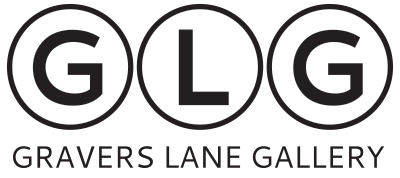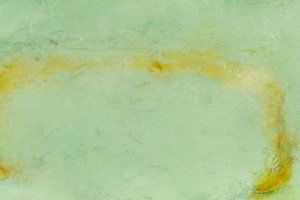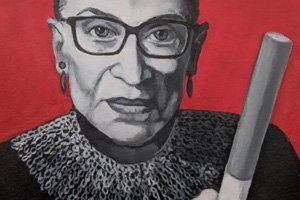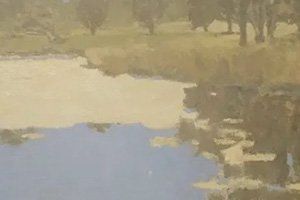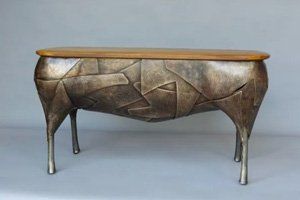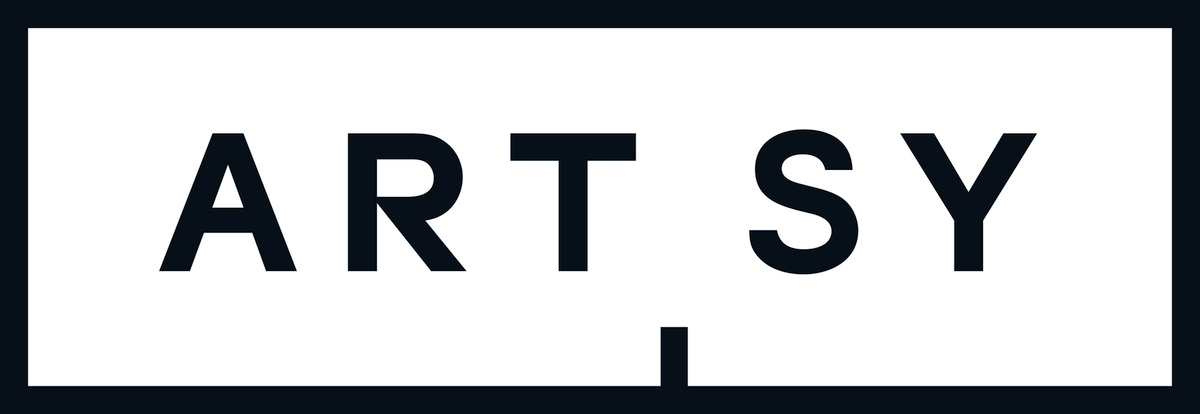
Material Memory: Twisted Lines, Rooted Forms
Barbara Straussberg & Lisa Belsky
July 24 - September 18, 2025
Receptions:
Opening reception: August 1 | 5-8pm
Artist Talks: August 1 | 6:30pm
Closing Reception: September 5 | 5-8pm
Artist Talks: September 5 | 6:30pm
Gravers Lane Gallery is pleased to present “Material Memory: Twisted Lines, Rooted Forms”, a joint exhibition by Philadelphia-based artists Barbara Straussberg and Lisa Belsky, on view July 24th through September 18th, 2025. The exhibition explores themes of memory, transformation, and female lineage through two distinct yet resonant material practices. Two public receptions will be held: Friday August 1st and Friday September 5th, 5–8pm, with artist talks at 6:30pm.
At the heart of this exhibition is a deep respect for natural materials and traditional techniques—fiber, clay, paper—and their potential to carry meaning. The exhibition explores themes of memory, transformation, and female lineage through two distinct yet resonant material practices.Both artists approach their mediums with an experimental spirit shaped by personal histories and translate that into layered forms that reveal and conceal, collapse and endure. Their parallel experience of maternal loss (both artists lost their mothers in recent years) weaves through their newest work, and creates a poignant dialogue between structure and surrender, processing grief and growth.
Barbara Straussberg draws from her background as an abstract painter, combining printmaking, collage, and sculpture with handmade papers and archival family images. Her use of Joomchi, a Korean paper-manipulation technique, along with recurring circular forms, speaks to cycles of life, continuity, and remembrance. In this exhibition she continues to push the limits of her materials. She places a special emphasis on sculpting with natural materials and exploring the infinite possibilities of printmaking, sometimes combining the two art forms. Layers of translucent handmade paper embedded with antique family photos form a personal archive of emotion and ancestry. Her latest pieces incorporate monotypes, photopolymer plates, and collagraph textures, creating rich surfaces that invite viewers to peer into personal histories that are both hidden and revealed.
Belsky’s ceramic forms begin with hand-knitted or crocheted fabrics—an inheritance of skill passed down from generations of women in her family. Dipped in porcelain slip and fired, the soft textiles are transformed into delicate clay remnants that hold the memory of their original form. Cracked seams, collapsed folds, and fractured edges are not flaws, but vital parts of the work—traces of tension, tenderness, and transformation. The resulting sculptures are remnants and reliquaries—delicate and strong, fragile and enduring.
Together, Straussberg and Belsky create a poetic dialogue between preservation and letting go, tradition and experimentation. Their shared reverence for natural materials and inherited practices fosters a conversation about what is passed down, what is lost, and what remains. “Material Memory: Twisted Lines, Rooted Forms” is a moving tribute to the act of making as a way to hold memory in form.
Barbara Straussberg
About the Artist
Barbara Straussberg is an abstract painter, printmaker and paper artist working in Philadelphia. Her process is material based and explores the intersection of ancient paper art with contemporary abstract painting. Her studio practice encompasses painting, drawing, printmaking, paper sculpture and collage.
Straussberg’s recent exhibitions include: “Echoes: 21st Annual Betsy Meyer Memorial Exhibition and Meyer Family Award for Contemporary Art” (Three Person) Main Line Art Center, Haverford, PA (2024); “Paper Revealed” (Solo) Gravers Lane Gallery, Philadelphia (2022) and Allen’s Lane Art Center (Solo), Philadelphia (2020). Select group exhibitions include: “Works on Paper National Exhibition” (2024), Long Beach Island Foundation for the Arts and Sciences, NJ; “No Synthetic Colors”, Pennsylvania Academy of the Fine Arts (PAFA) Juried Alumni Exhibition, PAFA Museum (2023-2024); Looks Good on Paper”, National Juried Exhibition of Works on and of Paper, Pyramid Atlantic Center, MD (2022); Contemporary Craft, Delaware Art Museum (2018) and Gawanghwamoon International Art Fair (GIAF), Seoul, Korea (2011). Her works are in many private, museum and corporate collections such as: The Biggs Museum of American Art, SAP America, Fox Rothschild and Brandywine Realty Company (Lobby). Most recently, a feature article on Straussberg’s paperwork was included in “Printmakers Plus”, The Journal of the California Society of Printmakers (2025). She was awarded an Artist Residency at Zea Mays Printmaking, Fellowship at the Virginia Center for the Creative Arts and Merit Grant Residency at the Vermont Studio Center. Straussberg received a Bachelor of Arts degree with Distinction in Art History from the University of Pennsylvania, and Certificate in Painting from the Pennsylvania Academy of the Fine Arts.
Artist Statement
Barbara Straussberg is an abstract painter, printmaker and paper artist working in Philadelphia. Her process is material based and explores the intersection of ancient paper art with contemporary abstract painting. Her studio practice encompasses painting, drawing, printmaking, paper sculpture and collage.
Her approach to art making is intuitive and experimental – employing a variety of techniques such as dripping, rubbing, pouring, tearing, and mark-making. The act of painting is what interests her, the steps she goes through to build up the surface and break it down. She captures the feeling of being in nature by transforming her physicality and the trees and rivers around her into line and paint. Her tools can be as simple and direct as her fingers and paper towels – layering, scraping and peeling away the surface.
Straussberg’s active engagement with mixed media, along with her life-long passion for fiber arts and collage drew her to the ancient paper practice of Joomchi. Joomchi is a traditional Korean paper-manipulating technique where one works layers of handmade paper (Hanji) together while wet to form a single sheet of paper. She rolls the paper with her hands in order to bind the paper fibers together and open up the sheet to create lace-like structures. Straussberg takes a painterly approach to Joomchi – adding drips of acrylic paint and embedding hand-pulled monotypes and lithographic prints from photographs in the layers of paper. Her focus is on the potential of the paper to reveal the printed image underneath and provide visual interest through texture, translucency and line.
Her printed images range from abstract interpretations of trees and detritus found in nature to antique family photographs. After experiencing a loss, her work has taken on new meaning, reflecting themes of origin, aging, memory and reverence for her elders. The passage of time and subsequent shift in her familial roles – as granddaughter, daughter, sister, and mother – parallel the subtle layering and exposed translucencies of her Joomchi paperwork. The unique qualities of the handmade papers reflect both strength and vulnerability, always able to change and transform through the push and pull of her hands.
Moving forward in her practice, Straussberg looks to break down the boundaries between past and present, paper and paint. Energized by a lively dialogue between art forms and mediums, her work embraces both a deep respect for traditional art techniques and an experimental approach to making art.
Lisa Belsky
About The Artist
Lisa Belsky is a multimedia studio artist and art educator from Philadelphia, PA. She received her BFA from Tyler School of Art and MFA from Ohio State University. She has been teaching studio art for over 15 years in a variety of academic settings including the Columbus College of Art and Design, Ohio State University, Otterbein University and several community art centers. She is currently the Assistant Director and teacher at Black Hound Clay studio in Philadelphia. She exhibits her work across the country and has been featured in several publications.
Artist Statement
My work explores ideas of memory, preservation, transformation, and connection. The art of knitting and crocheting was passed down through generations of women in my family. My Mother taught me to knit and crochet when I was six years old and it has always been an important part of my life.
When I knit or crochet, it provides me with a sense of nostalgia and a strong connection to family. In recent years, this has grown to include more challenging thoughts and emotions due to the loss of my Mother. The work has come to take on additional associations of unexpected change, unraveling, and mending.
Each piece begins with hand knit or crocheted fabric. I utilize a combination of deconstructed garment patterns and traditional stitches to explore form. The fiber is soaked in porcelain slip to imbed the material with clay. I work intuitively during this stage to manipulate the form by cutting into the fabric, unraveling stitches, cinching and sewing. During the firing process the original fabric burns away and the porcelain solidifies. The pieces all go through some degree of transformation as a result of the burnout during firing, which causes folding, slumping, split seams and even collapse. I welcome these changes and view them as an important layer of the work. The stitches, now preserved as clay, become the structure and texture of the new object leaving behind a record of what was once there. They are objects of celebration and remembrance.
